It was hot. July in Spain always is, no matter where you are in the country. This time, I was two hours north of Barcelona—closer to France and the Pyrenees than I was to the city. Rather than head the half mile to the Mediterranean Sea, I drove inland to a town called Siurana, near where my mother-in-law lives, to check out what I was told is some of the best cheese in all of Spain.
I’ve spent enough time in Catalonia to know when people say something is the best, they mean it. Catalans are practical and, while also passionate, are not prone to exaggerating just to prove a point. So when the reaction to my visit to Mas Marcè was a resounding wow, I knew I was onto something good.
Mas loosely means farmhouse or villa in Catalan, and Marcè is the family name of this clan of cheesemakers that goes back six generations. In particular, they are known for using the milk from Ripollese sheep, an endangered breed that is specific to a Catalan town called Ripoll in the southern Pyrenees. The Marcès were historically semi-nomadic; they would travel with their sheep from Camprodon, in the mountains, down to Siurana, in the foothills, but decided to stay put in Siurana near the end of the 1930s. They built a rustic farmhouse, where the family still lives today, and set up their farm just across the small country road. The Pyrenees loom in the distance on a clear day, but Siurana is on flat land, perfect for grazing.
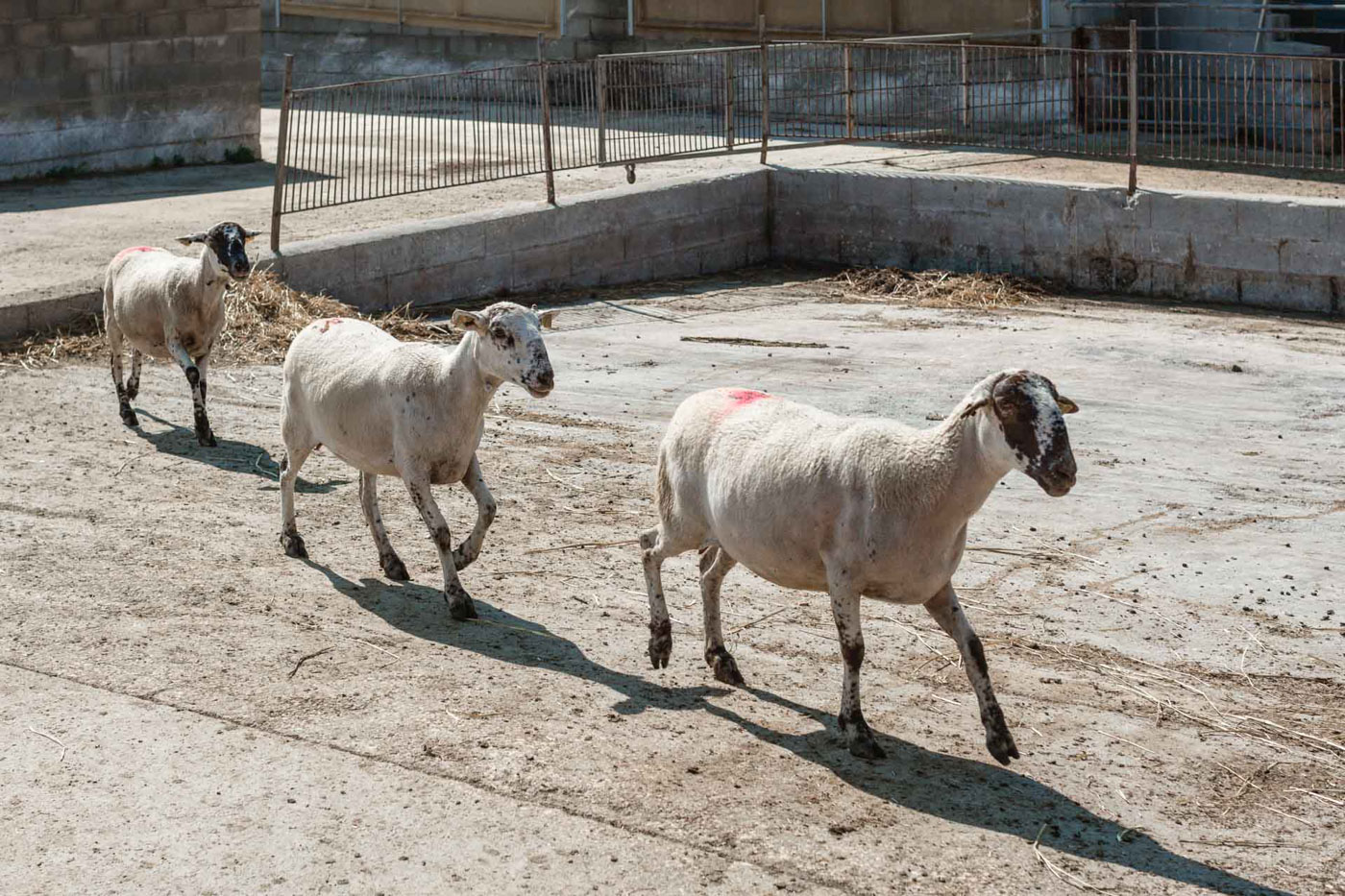
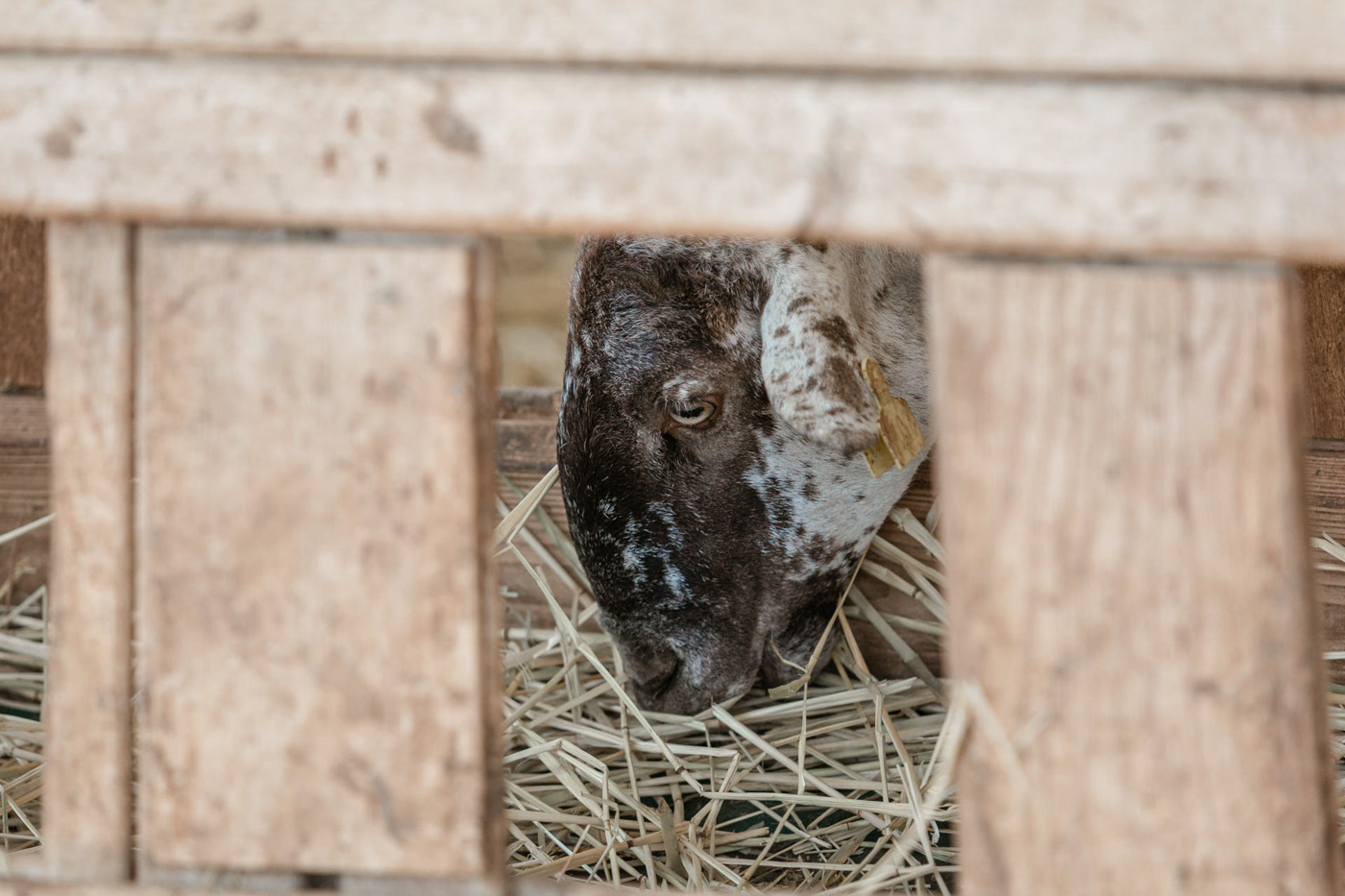
Their specialty, and what the Marcès built their brand on, is making a thick clotted cream called recuit. Popular mostly in the Empordà region of Catalonia—where Siurana is—recuit is often served as dessert and tastes like a mild, exceptionally thick yogurt. What drew me to Mas Marcè in the first place was that I knew, and had tasted, their recuit at El Celler de Can Roca, the famed restaurant just down the AP-7 highway that had been named the “Best Restaurant in the World” several times by S. Pellegrino’s annual list, and boasts three Michelin stars.
I arrived mid-morning, just in time to catch the hottest part of the day. Manel Marcè, the current owner and sixth-generation farmer and cheesemaker, was standing in his best farm attire, ready to talk all things sheep and cheese. We walked over to the covered sheep pen, and I was instantly confused. The cute, skinny, two-tone and spotted animals with knobby knees looked like goats—I could have sworn we were talking about sheep’s milk cheese. My Catalan is admittedly rusty, but with the support of Google Translate and after ten minutes of wondering, I finally asked, “These are sheep, yes? Not cabra—goat?”
After some understanding laughter, it was explained that yes, these are sheep and yes, they know they look exactly like goats. Ripollese sheep, beyond their resemblance to other well-known farm animals, are noted for their limited population and famously low milk output. It begs the question of who in their right mind would choose to work with such a challenging animal—but this is the family’s secret weapon, Manel explained.
“There are about 20,000 of these kinds of sheep in the whole world, but they are used mostly for meat. We are the only ones working with them for cheese. The milk is excellent quality, with very high fat content and is high in omega-3s while being low in lactose. They only produce thirty to sixty liters of milk a year, versus a normal sheep, which produces about 300 liters of milk a year! That’s why nobody wants them,” he laughs.
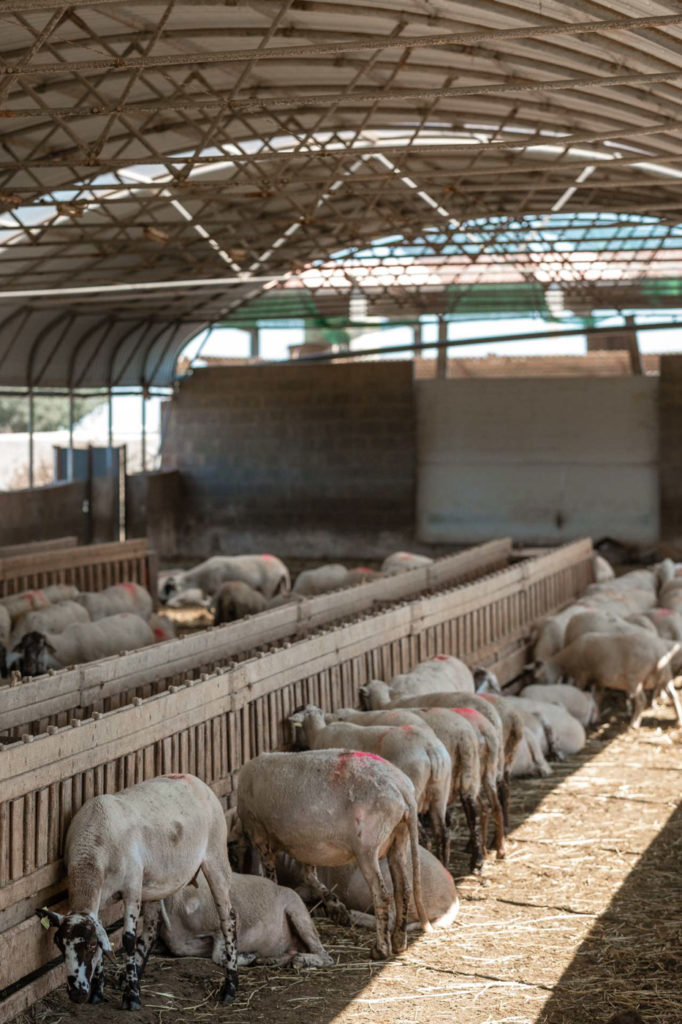
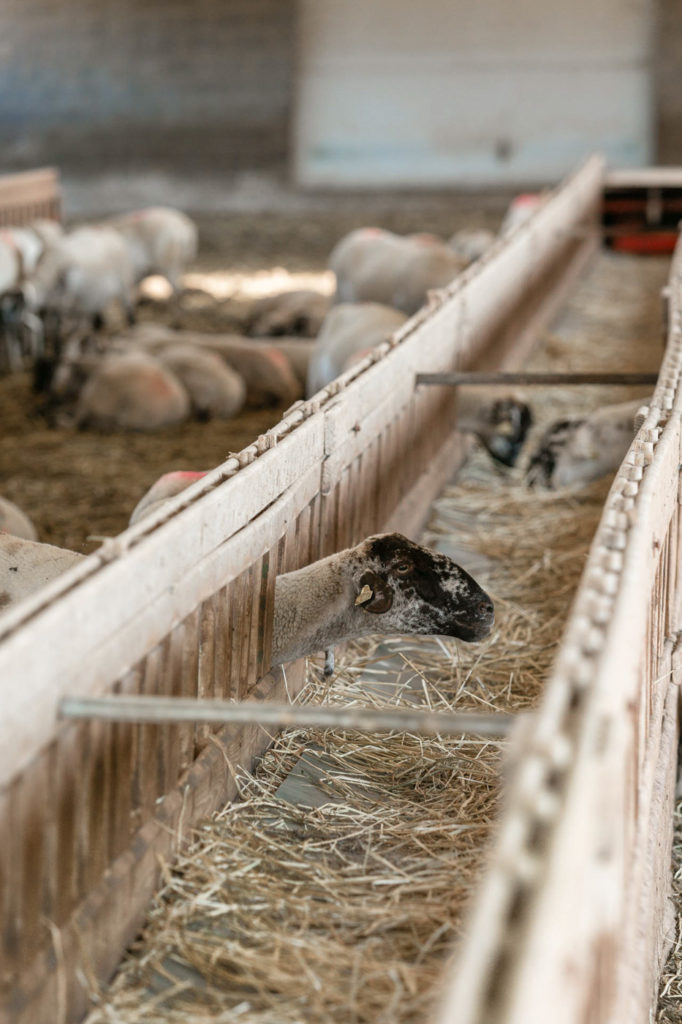
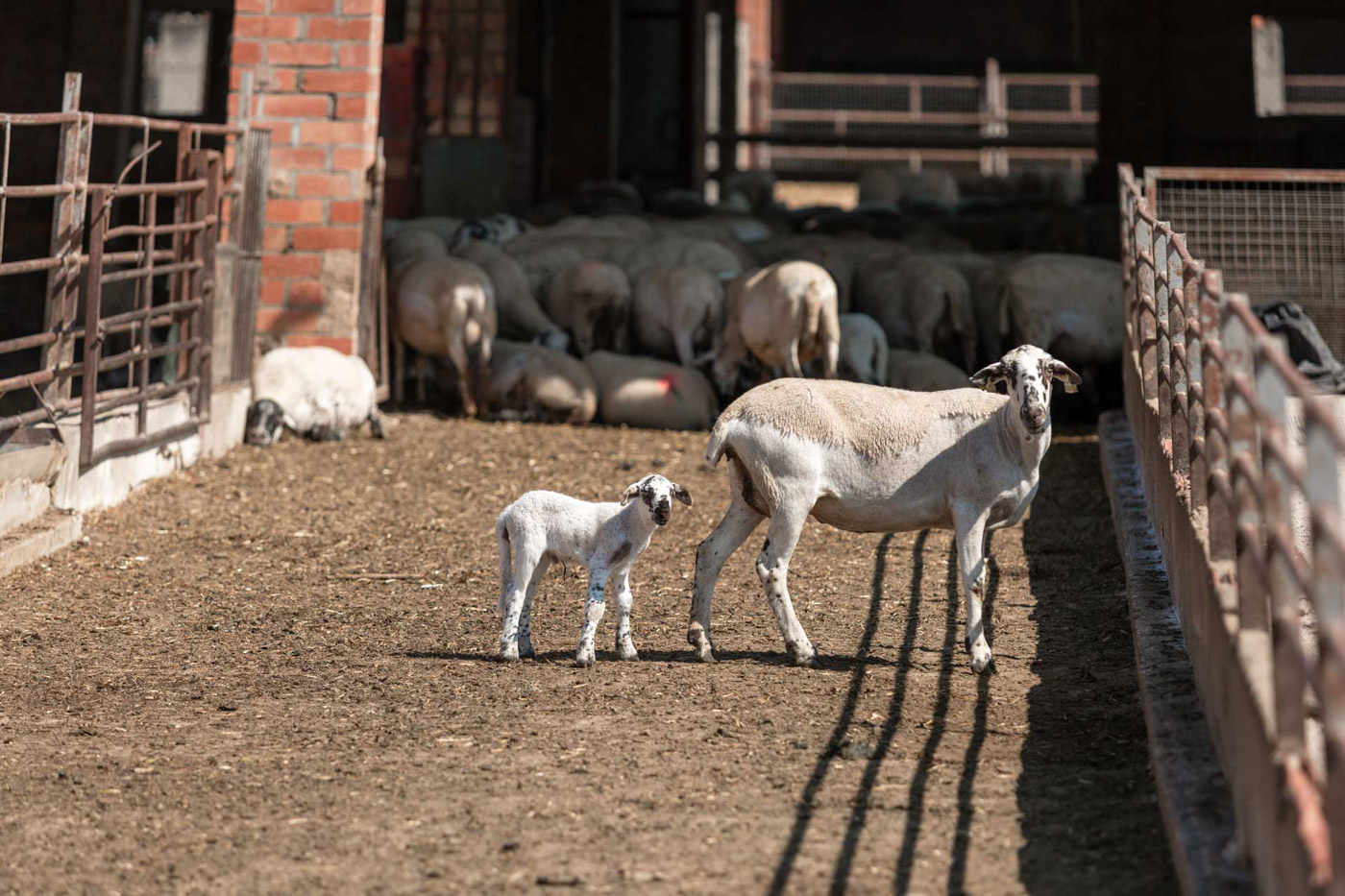
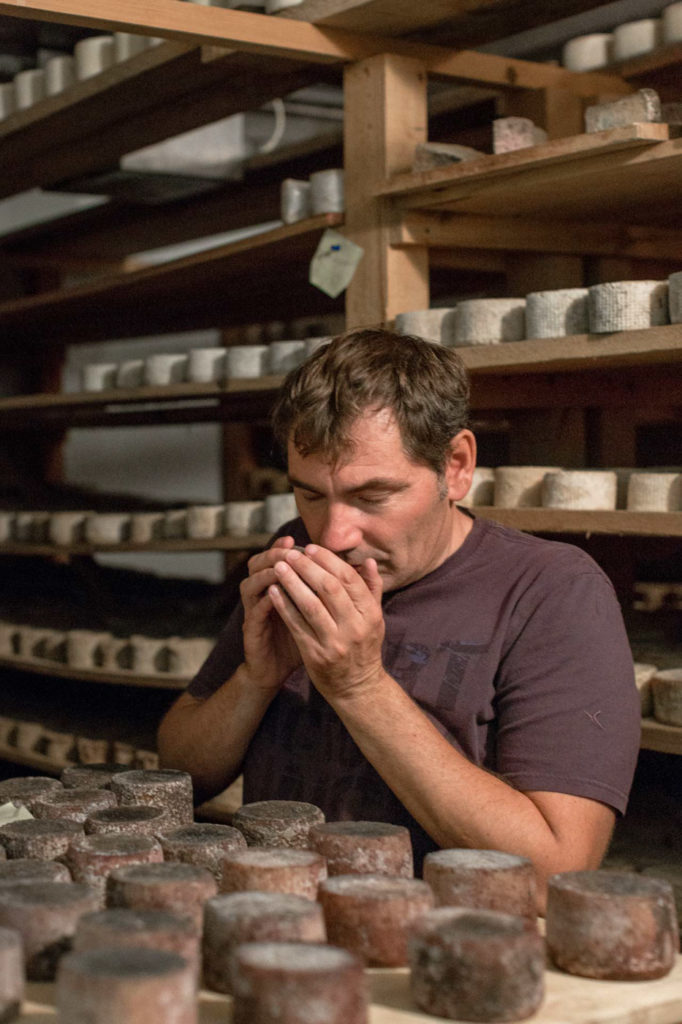
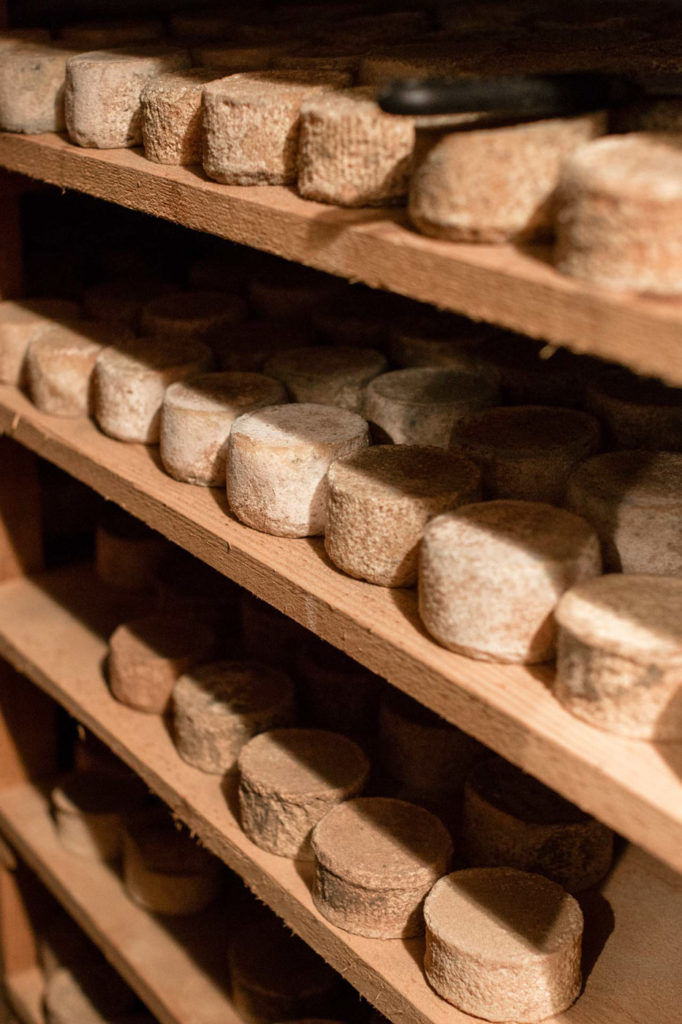
There are two Slow Food approved foods in all of the Empordà: rice grown in a nearby town, called Pals, and cheese made from Ripollese sheep. The Marcès continue their business knowing they have a specialty product on their hands. A liter of milk from this particular breed costs eight Euro, which means the resulting cheese is even more expensive. Everything the sheep eat is organic—ancient grains, seeds and grass. That the sheep have ample grazing time—seven hours a day—is of utmost importance, as it increases the omega-3 content of the milk. The entire farm emphasizes sustainability as much as possible: no chemicals are used anywhere on-property, they use solar energy only, and employ antibiotics only in severe situations, introducing the animal back to milking long past the mandated twenty days, just to be safe. Mas Marcè operates on a firm belief that everything must work in symbiosis—not just what feeds the animals directly.
In addition to cheese, suckling lamb is another a local specialty and Mas Marcè product that I realize I also unknowingly enjoyed at El Celler de Can Roca a few years back, where it was paired with morels. And Mas Marcè has another dairy company, called Lactics Perellada, which uses more conventional sheep but still keeps the same organic, back-to-the earth philosophy in the way they’re raised and the cheese is produced. Finally, the company runs on-site educational programs for families, works with the University of Girona on studies, produces organic olive oil and sells the animals’ wool as yarn and other products.
We walked over to the old house, which is 300 years old. The family bought it in 1940, just after the Spanish Civil War ended, and it now houses four generations. Manel said in order to purchase the house, they had to sell a lot of sheep to do so, and, as former nomads, it was a massive and daunting investment. In those early days, sheep were kept in the bottom level of the house, which was customary for Catalan farmhouses. Now, only people live there, as their operation has grown tenfold, and of course, times have changed.
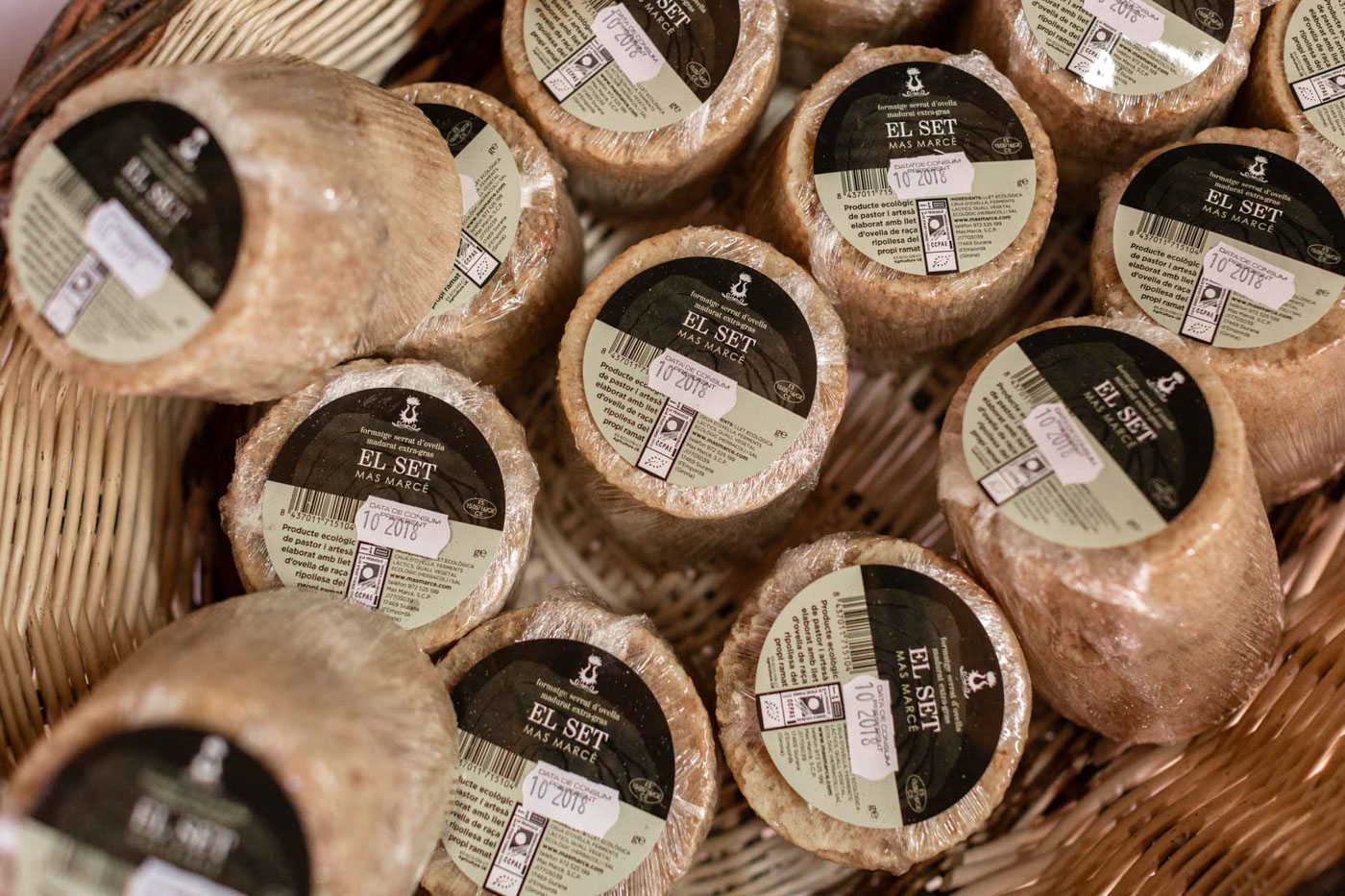
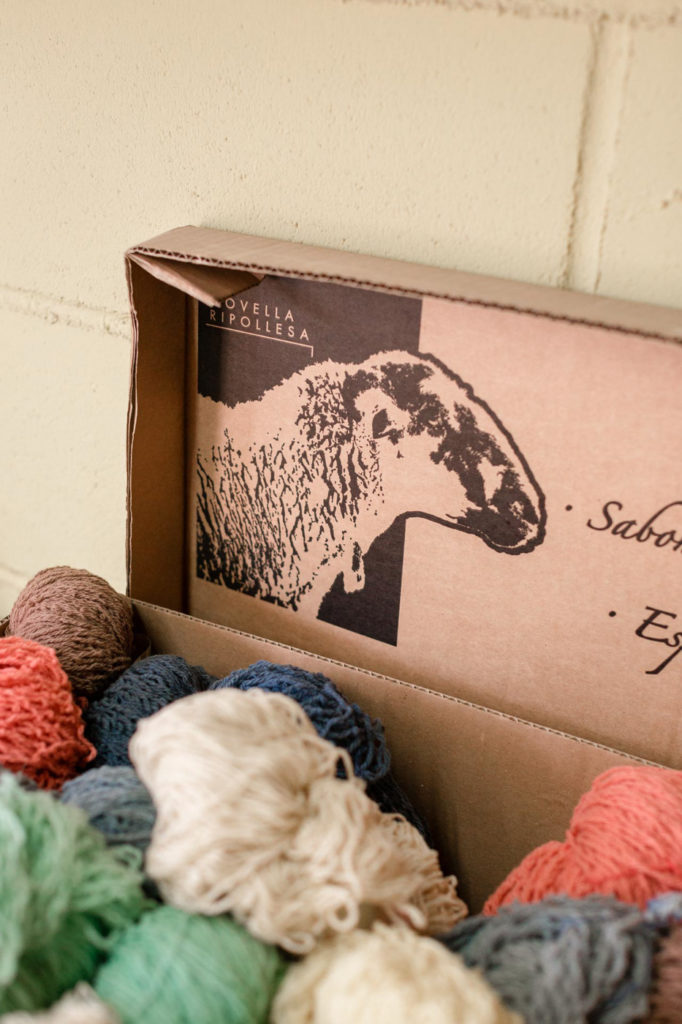
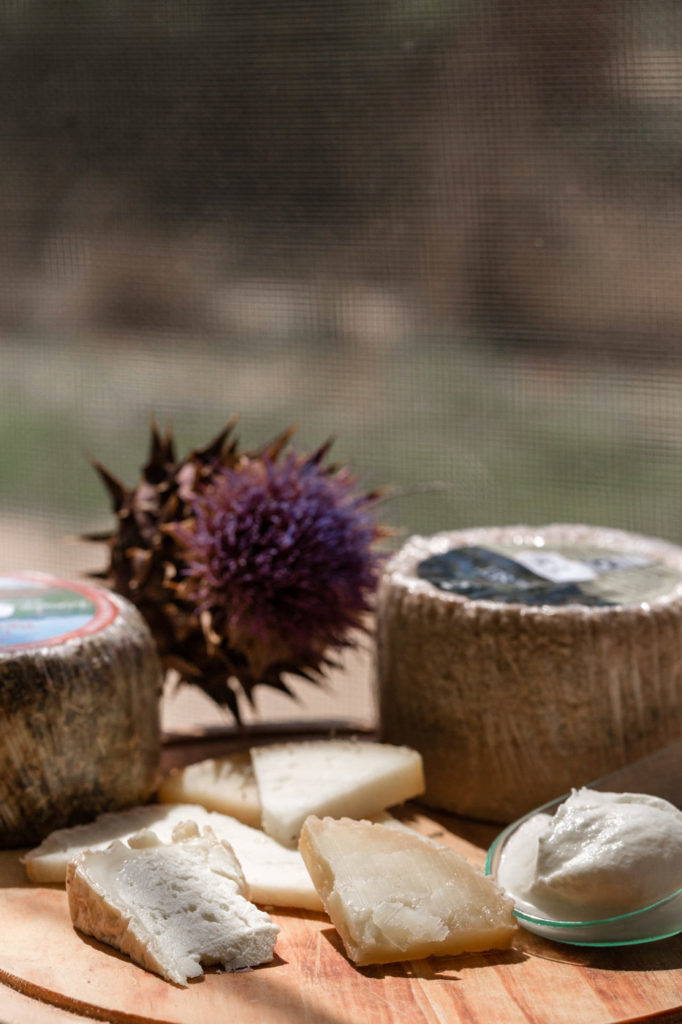
While walking around the yard, Manel mentioned they’ve only been selling cheese for about twelve years. Though sixth-generation cheesemakers, historically, the family’s main business was raising and butchering the Ripollese sheep. Francisco Franco, the fascist dictator who ruled Spain from 1939 to 1975, outlawed any cheese producer under a certain size, requiring milk and commodity cheese quotas to be met. This effectively wiped out artisanal cheesemaking throughout the country from the mid-1960s to the mid-1980s, since only large producers could meet the numbers. Manel tells me some lingering regulations kept most small cheesemakers out of business until twelve to fifteen years ago, meaning Spain’s small-batch cheese culture is still growing and being rediscovered. While the women of the family always made cheese, until recently they had to do so in secret. The Marcè’s cheese was used to barter for other goods, but they weren’t allowed to sell it. It was a stunning revelation, especially when thinking of Mas Marcè’s pedigree and the strong reputation Spanish and Catalan cheeses carry around the world.
And about Mas Marcè’s cheese, which has now become the family’s main business over butchering, each is unsurprisingly excellent. In addition to recuit, Mas Marcè also produces mato, which is a fresh farmer’s cheese often served with honey; yogurt; raw milk cheese aged in wool called Llanut; and El Set, which is a raw milk cheese made with thistle rennet before being brined and aged in a cellar with fresh pine, where mold is brushed off the rind weekly. While tasting, Manel served us wine out of a porron, not minding at all that it was 10:30 in the morning. After all, this is wine country too.





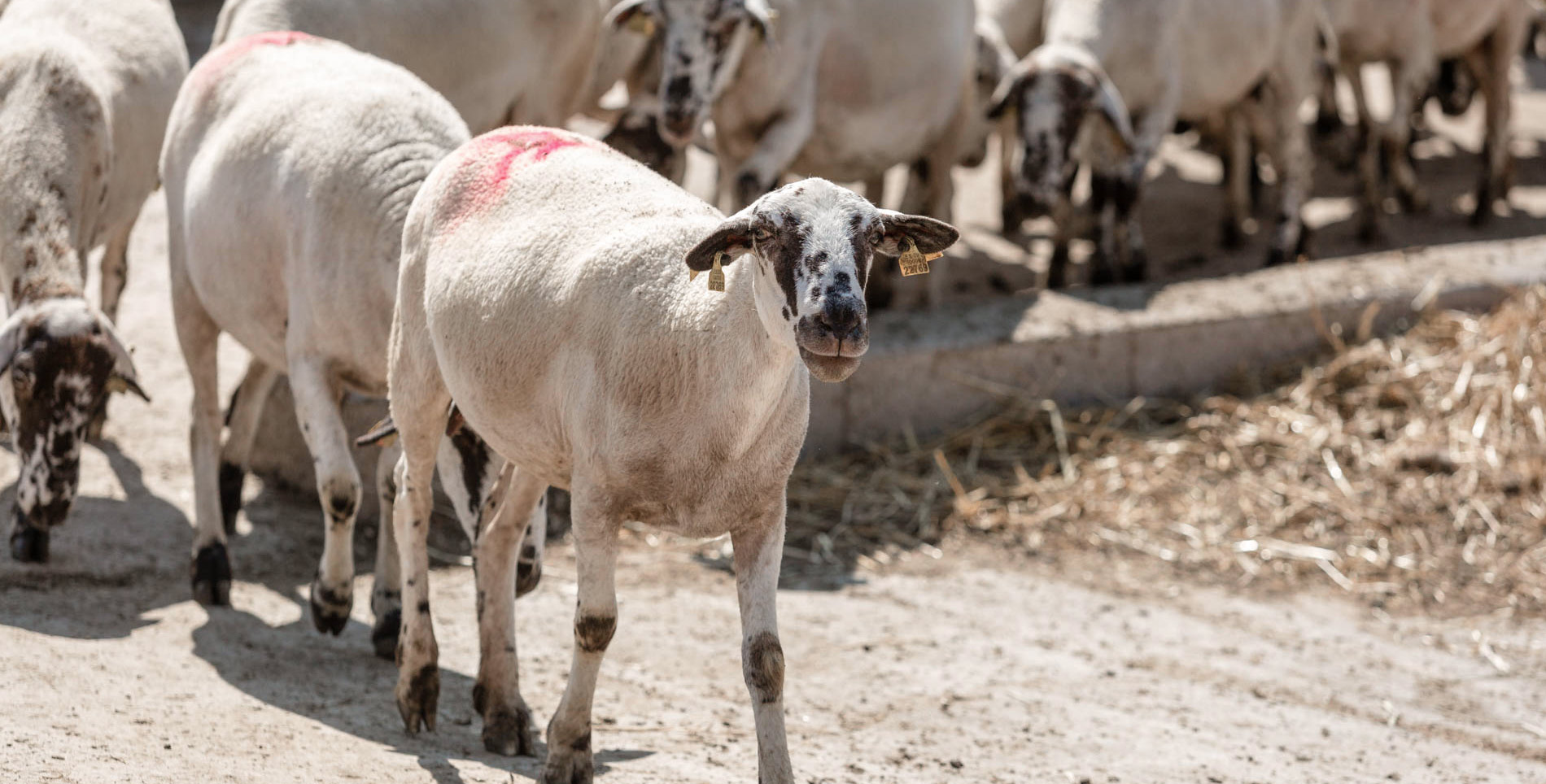

Our comments section is for members only.
Join today to gain exclusive access.